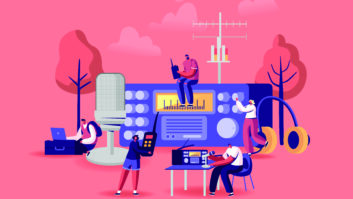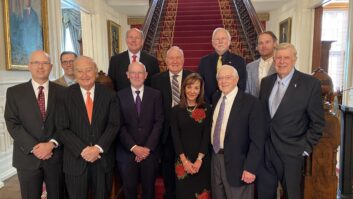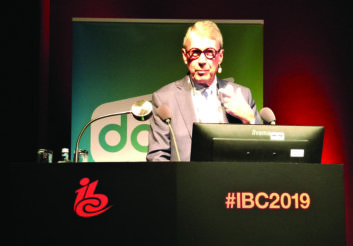
The North American Broadcasters Association wants radio stations to “strongly consider” adopting HD Radio hybrid IBOC mode and to participate in national and international discussions about how migrations to all-digital transmission could work.
The association further hopes that the radio industry will support internet-based content for use by the other type of “hybrid” receivers coming to the market — those that can tune over-the-air broadcasts while also interfacing with the internet.
As Radio World has reported, a paper published this year titled “The Value Proposition of Radio in a Connected World” by a working group of the NABA Radio Committee assessed the North American radio industry and explored major issues facing practitioners in Canada, Mexico and the United States. Topics included IP delivery, connected cars, the role of metadata and issues surrounding digital transmission.
A session at the recent IBC Show in Amsterdam discussed the report further.
ALL DIGITAL
NABA Director-General Michael McEwen said, “We recommend all radio broadcasters implement a hybrid IBOC broadcast mode and offer station and network content through as many paths as possible, while emphasizing over-the-air content.”
McEwen called on the entire industry to jointly define criteria for all-digital migration decisions and to promote regular licenses, rather than experimental ones, for all-digital radio transmission.
In the session, he reviewed recent market research about U.S. listener habits, describing the popularity and healthy status of radio, and momentum for early adopters of a hybrid approach.
A recent Infinite Dial report from Edison Research and Triton Digital, he said, confirms that broadcast radio is by far the favorite audio source in the car, with 81% of U.S. drivers age 18+ listening to “linear” radio emissions, while “owned” digital music scores 45%, CDs 43%, online radio 28%, podcasts 26% and satellite radio 22%.
Looking at listening trends, over three years linear radio usage is almost stable, as are owned digital music and satellite radio.
The decline of CD players is evident in that report, with CDs losing about 9 points over two years (from 52% in 2017 to 43% in 2019). Online radio is advancing, if not at an irresistible pace (26% in 2017 to 28% in 2019), as are podcasts, which jumped from 19% two years ago to 26% this year.
SOLID FOUNDATION
The strength of radio’s appeal, specifically in cars, is suggested by another report, “Techsurvey 2019” from Jacobs Media. In 2019, 91% of respondents were listening to AM/FM radio for more than 1 hour per day. (Techsurvey gathers data from a pool of radio listeners, so its results should be read as providing insight into behaviors among radio listeners rather than consumers at large.)
FM radio leads the list of can’t-do-without features when buying a new car: 80% of the respondents indicated FM radio as their top priority, followed by Bluetooth and aux-in. Smart speakers are experiencing a dramatic popularity rise, gaining 6 points from 21% in 2018 to 27% in 2019.
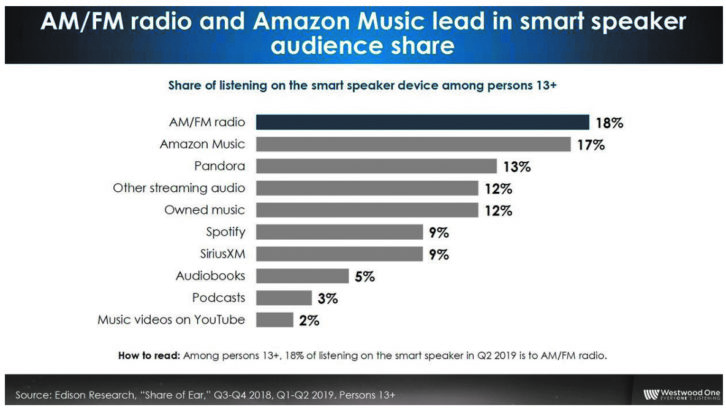
The radio industry plays a noticeable role in this success, McEwen said, since AM/FM radio scores the best result among the smart speaker audience share: 18%, followed by Amazon Music (17%) and Pandora (13%), according to the “Share of Ear” report from Edison Research.
While the most common use of smart speakers is answering general questions (28%), a quarter of smart speaker owners listen to music from AM/FM radio on their devices, and a remarkable 15% listen to news or talk from AM/FM stations.
HYBRID APPROACH
McEwen discussed the presence and possible future scenarios for radio in dashboards. “The radio tuner is less prominent in the car,” he said. “The question I have is: Where is the radio button on the car dashboard? It’s a huge issue for us.”
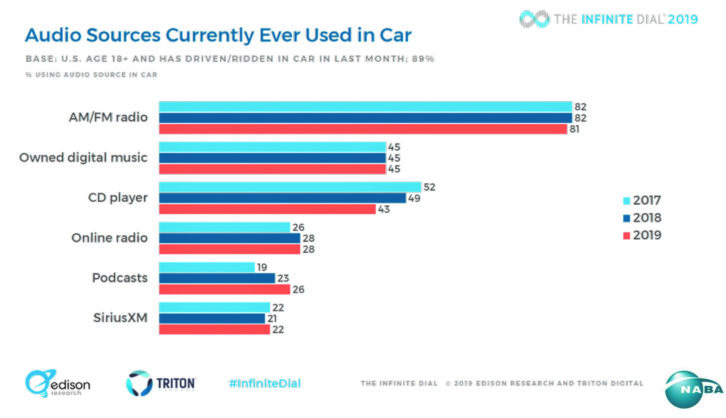
He said NABA is studying “strategies on how to get radio’s prominence back to the car and how to re-engage North American in-car listeners.”
In his opinion, internet-based content created with hybrid (over-the-air plus internet) receivers encourages automakers to add the technology; so, he said, the time has come to step on the throttle of hybrid adoption for both linear and non-linear consumption.
He also emphasized the importance of metadata in any hybrid scenario. NABA recommends stations adopt at least static metadata, but preferably dynamic metadata, and then assess their audiences’ behavior to fully understand the potential benefit of the technology.
DYNAMIC METADATA
Making metadata visible to listeners requires work for station personnel and technology investment for the station. So why do it?
McEwen said data analytics show that enhanced content means more listening. Emmis Broadcasting has publicly shared information about monthly listener minutes compared with station use of metadata. (The data was gathered from millions of listening hours by users of the NextRadio mobile app before the company ended support for that initiative.)
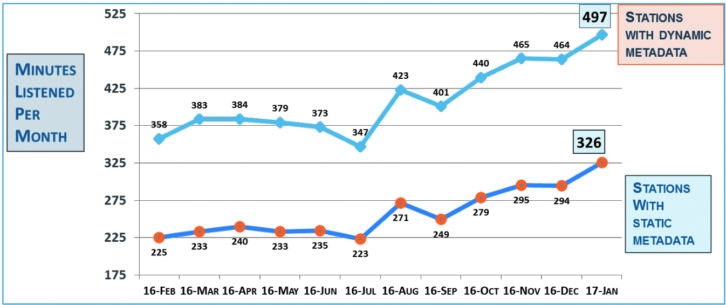
According to the data, listeners spent more time with stations that supplied at least a static logo than those that did not. Listeners spent even more time with stations supplying dynamic metadata than those that only supplied static metadata: from 52% to 64% extra minutes.
McEwen also recommend resources from NAB, found at www.nab.org/innovation/digitalDashboard.asp, as a valuable source for best practices around metadata and in-car listening.
He concluded by saying a key purpose of NABA will be seeking consensus among the North America broadcast community about how to preserve radio’s prominence in the automotive dashboard. Its goals include defining technical requisites for radio and audio in the car dashboard as well as common requisites for hybrid radio and metadata.
“Those three projects are ongoing,” McEwen explained “and we will share the results at the NAB Show next April at our Future of Radio and Audio Symposium.”
Davide Moro reports on the industry for Radio World from Bergamo, Italy.







